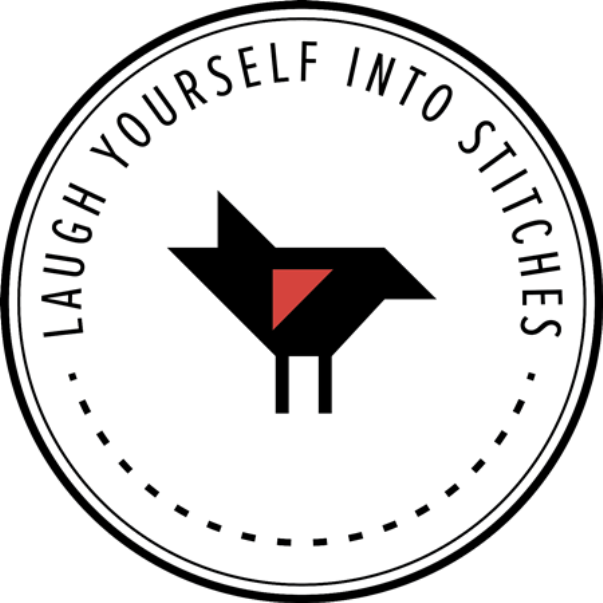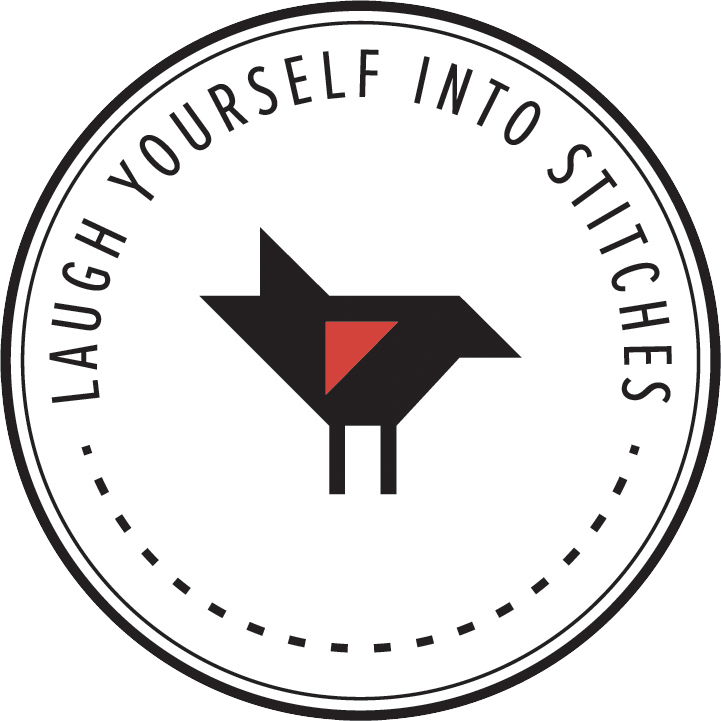PREPARING YOUR QUILT FOR LONGARM QUILTING
Tips on how to keep your quilt 'square' and your longarmer happy! 😊
Adding inner and final borders
The best success for achieving a ‘squared top’ is to measure the quilt top in three or more areas before adding borders. I typically add my side borders first, so the seams run horizontal after adding the top and bottom borders.
Measure the length of the quilt on both sides of the quilt top and again down the middle. If the quilt is large, measure more. Determine the average measurement and cut the side borders to this number.
Next, fold the length of the quilt in half to determine the center of each side. Finger press or place a pin to identify the center. Do the same for the side border strips. Match the quilt and border centers and pin together. Next, pin the top and bottom of the border strips to the quilt then continue pinning the border along the quilt top, easing in or slightly pulling the border to fit. Sew each side border using this method and press. Repeat this method for the top and bottom borders.
This will help eliminate fullness, wavy or puckered borders.
Steps to take before bringing a quilt to your longarmer
1. Square up the backing, please no uneven edges.
2. If your quilt top has a final border which is pieced with seams exposed to the outer edge, please baste around the entire quilt top (or through each seam) close to the outer edge (less than 1/4”). When your binding is stitched on, you will not see the stitching. The basting secures your pieced border and protects the seams from popping open when it is loaded onto the longarm machine. If your border is one solid piece of fabric, there is no need to do this step.
3. Cut your batting so it is at least 4” larger than your quilt top on all 4 sides.
4. Cut your backing so it is 5" larger (but no wider than 6" please) on all sides of your quilt top.
I like to see each layer as I quilt. If you need to piece your backing fabric, the seam should be approximately 5/8” wide and pressed open. If sewn on the salvage edge, the salvage should be removed.
5. Press the quilt top and backing. I repress your quilt before loading it onto my Innova longarm.
6. Do not pin, baste, or sandwich your quilt. It will be loaded onto separate rollers.
7. Clip threads. You don’t want dark threads showing behind a white sashing or quilt block.
8. If needed, indicate the top of the quilt and backing with a safety pinned note.
9. If piecing your backing with multiple pieces, read the tips below on how to achieve a successful look.
Please allow from the time the quilt has been dropped off, roughly 2 months for completion.
Tips on how to make a multiple pieced backing
Pieced backings can be so fun and a great way to use up scraps left over from your quilt top! I love randomly placed fabric pieces.
But! Make sure the pieces are cut from the straight of grain and not the ‘stretchy’ bias.
Use a 5/8” seam allowance and press the seams open. This helps distribute the seam’s extra fabric and weight and will lay flatter than a 1/4” seam.
Please…don’t add outer borders on your backing. They are extremely hard to line up and keep even…meaning you many have a side border that is skinnier than the other side. Or the top border that is larger than the bottom border.
As hard as I can try, I don’t want to promise something I cannot do successfully.
And…You can even incorporate a quilt block or as many as you like into the backing. These of course would have the normal 1/4” seams. But worth the added fun factor!
And don’t forget to add a label! If you do not wish to piece a label into the backing, it can be sewn on top of the backing prior to longarming. The trick is to make sure the edges of the label are secured down so they don’t flip over when quilted.
When adding blocks and a label to the backing, place them far enough from the edges. Remember your quilt will be trimmed up and you will lose that extra backing required in Step 4 on page 2.
Questions on any of this? Email me…I’m Happy to Help!
Thank you! ~karen

